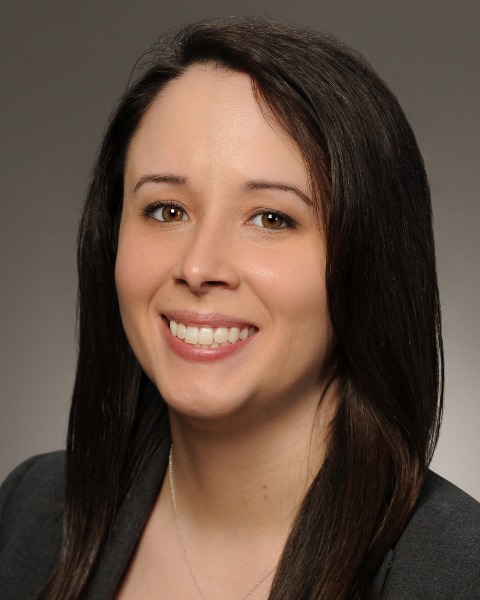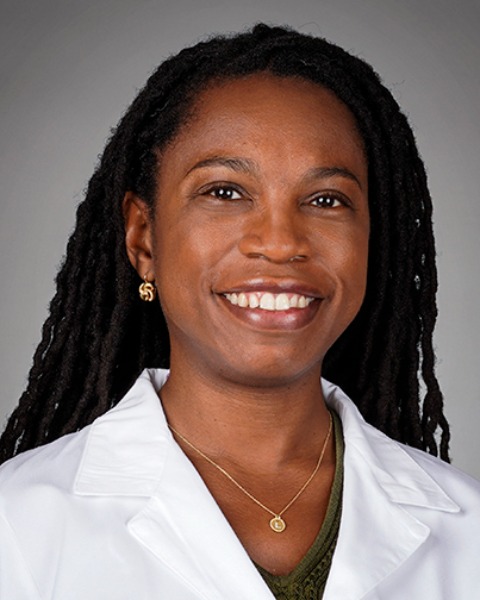Quality Improvement/Clinical Outcomes
E374: Association Between Rurality and Time to Surgery among Breast Cancer Patients is Mediated by Geographic Proximity to Care
- KR
Kriyana Reddy, BS
Measey Scholar
University of Pennsylvania, United States - KR
Kriyana Reddy, BS
Measey Scholar
University of Pennsylvania, United States - CB
Cara Berkowitz, MD
Resident Research Fellow
Cornell University, University of Pennsylvania, United States 
Kathleen Jarrell, MD (she/her/hers)
Resident Research Fellow
Jefferson University, University of Pennsylvania, United States- RB
Rachel Berger, MD
Breast Surgical Oncology Fellow
University of Pennsylvania, United States - SH
Sarah Hulse, BPhil
Clinical Research Coordinator
University of Pennsylvania, United States - LE
Leisha C. Elmore, MD, MPHS
Assistant Professor
University of Pennsylvania, United States - RF
Rebecca Fishman, MD
Assistant Professor
University of Pennsylvania, United States - AM
Alina M. Mateo, MD
Assistant Professor
University of Pennsylvania, United States - JR
Jami Rothman, MD
Assistant Professior
University of Pennsylvania, United States - DS
Dahlia Sataloff, MD
Professor of Clinical Surgery
University of Pennsylvania, United States 
Julia Tchou, MD PhD
Professor of Clinical Surgery
University of Pennsylvania
Wayne, Pennsylvania, United States- JZ
Jennifer Q. Q. Zhang, MD
Assistant Professor
Division of Breast Surgery, Department of Surgery, Perelman School of Medicine, The University of Pennsylvania, Philadelphia, PA, USA, United States - AM
Anne Marie McCarthy, PhD
Assistant Professor
University of Pennsylvania, United States 
Oluwadamilola M. Fayanju, MD, MA, MPHS, FACS (she/her/hers)
The Helen O. Dickens Presidential Associate Professor & Chief, Division of Breast Surgery
University of Pennsylvania
Narberth, Pennsylvania, United States
ePoster Abstract Author(s)
Author(s)
Submitter(s)
Time to surgery (TTS) has been shown to have significant prognostic implications for breast cancer patients. While some studies have found rural-urban disparities in TTS, it is unclear if the relationship between rurality and prolonged TTS is mediated by patients’ geographic proximity to care.
Methods:
We obtained data from the National Cancer Database for females≥18 diagnosed in 2004-2019 with Stage 0-III breast cancer receiving surgery as first course of treatment. Patients’ age, race/ethnicity, insurance status, geographic region, ZIP-level median household income, facility type (e.g., academic, community hospital), Charlson-Deyo Comorbidity Coefficient, tumor grade, tumor size, tumor receptor status, rural/urban status of patient residence, geographic proximity to treatment facility (great circle distance in miles between patient residence and hospital where they received care), and TTS were identified. A causal mediation analysis using a multivariate logistic regression model was performed. The primary outcome was a binary variable for prolonged TTS, defined as TTS >60 days. The mediator was distance to treatment facility, and the predictor of interest was rural/urban status. All other sociodemographic and clinical variables were included as covariates. A directed acyclic graph was constructed to summarize the conceptual framework underlying the study question. A sensitivity analysis was performed using TTS >90 days as the definition of prolonged TTS. Proximity to care was Winsorized at the 99th percentile to mitigate right skew.
Results:
Of 1,979,194 women meeting inclusion criteria, 1,126,427 had complete data for the mediation analysis. In the primary analysis, the total effect of rurality on prolonged TTS ( >60 days) corresponded to an aOR of 0.89 (95% CI 0.86-0.93, P< 0.01). The direct effect of rurality on prolonged TTS corresponded to an aOR of 0.84 (95% CI 0.79-0.89, P< 0.01), and the indirect effect of rurality corresponded to an aOR of 1.1 (95% CI 1.09-1.1, P< 0.01). The proportion of the total effect of rurality on prolonged TTS that was mediated by geographic distance to care was 52% (P< 0.01). Similar results were obtained in the sensitivity analysis modeling TTS >90 days (Figure).
Conclusions:
While rurality in and of itself is associated with lower odds of prolonged TTS in breast cancer patients, the effect of rurality that is mediated by geographic proximity to care is associated with increased odds of prolonged TTS. Further work is needed to identify characteristics of rurality that offer a protective effect on time to care.
Learning Objectives:
- Upon completion, participant will be able to recognize that time to surgery (TTS) is associated with differential survival after breast cancer.
- Upon completion, participant will be able to appreciate that TTS has a different relationship with survival in rural vs urban settings.
- Upon completion, participant will be able to understand that while rurality is associated with shorter TTS, this benefit is mediated by something independent of geographic distance, which predicts longer TTS.
